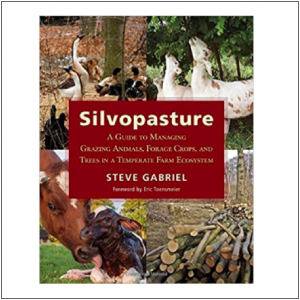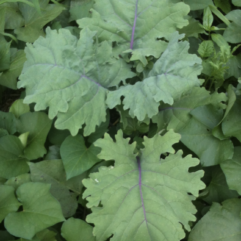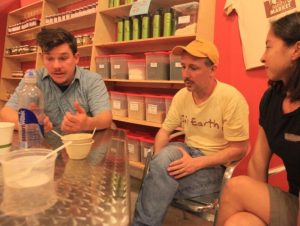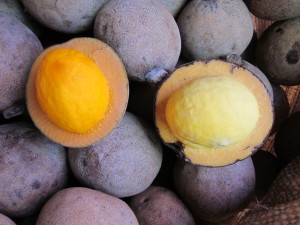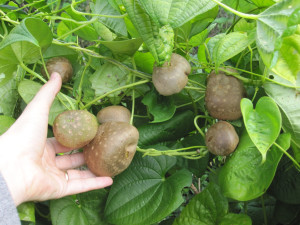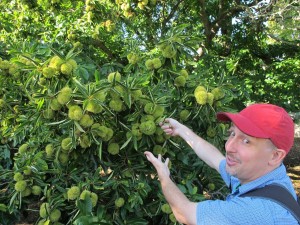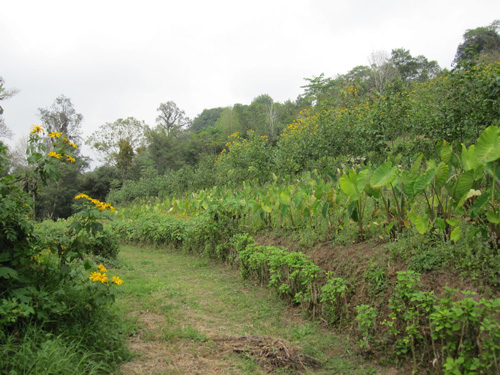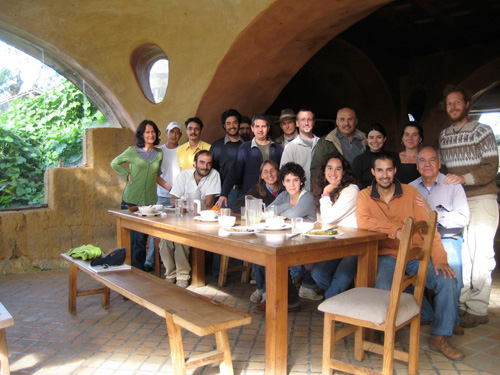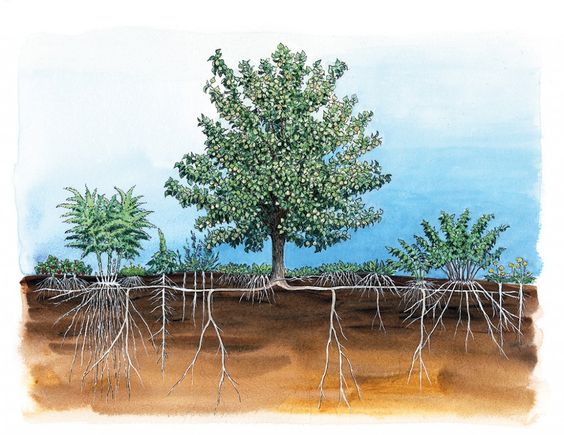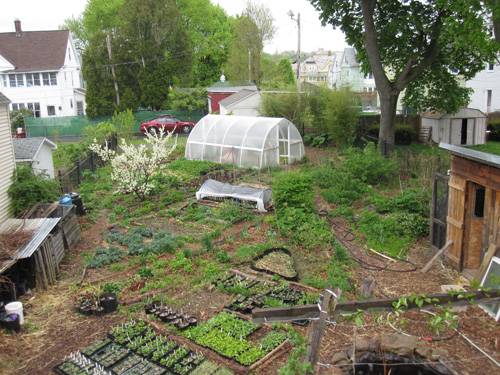What farming practices can help stabilize the climate by sequestering carbon? Almost anything that builds soil organic matter can do the trick, but some sequester much more carbon than others. Even low rates of carbon sequestration can make a huge difference if practiced on enough farms. Here’s a typology and comparison of these systems. Note that a hectare is roughly 2.5 acres. To learn more check out my upcoming workshop at the carbon farming course! Early registration ends December 15th.
Improved Annual Cropping Systems
These practices make our production of annual crops more carbon-friendly. These systems sequester low amounts of carbon, typically 1-2 tons per hectare per year. Their big advantage is they allow us to grow the crops we know and love, and we already have equipment and infrastructure for production, processing, and consumption. Some are already widely practiced, like no-till (111 million hectares), organic annual crops (6.3 million) and system of rice intensification (4-5 million farmers globally). Other practices include crop rotation, green manures, cover crops, use of compost, and mulching.
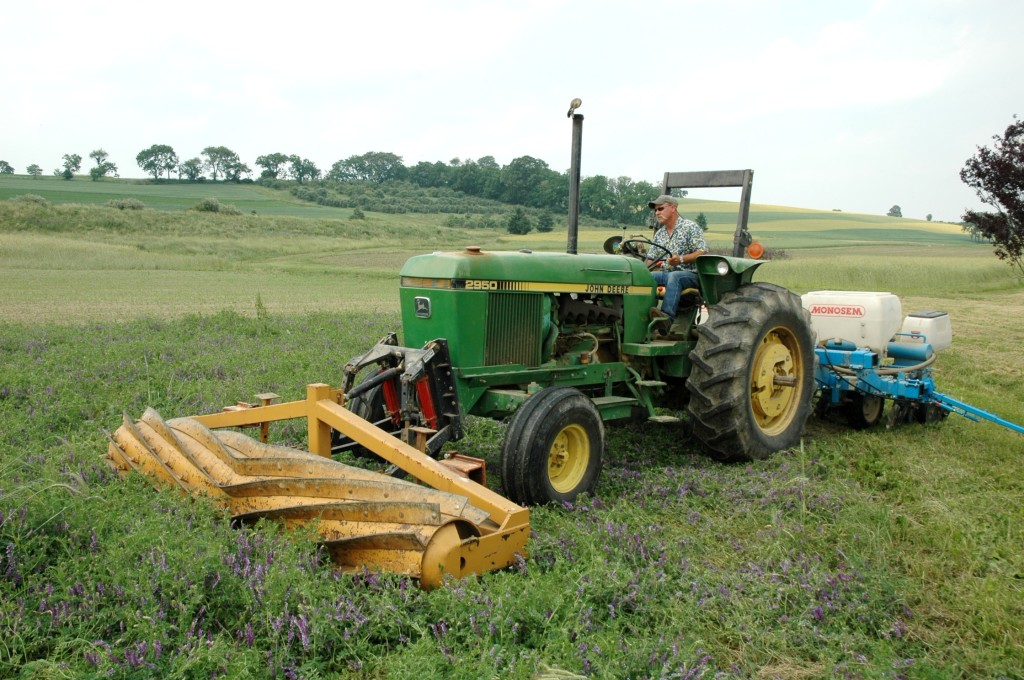
Perennial-Annual Systems
These systems integrate perennial elements like trees with the annual crops we already know and grow. They include many agroforestry practices. Carbon sequestration is low at 1-5 tons per hectare. The perennial elements may play support roles like slope stabilization or nitrogen fixation, or may be crops themselves. Some are widely practiced like shea nut parkland in Africa (23 million hectares), farmer-managed natural regeneration in Niger (4.8 million hectares), alley cropping with Paulownia trees in China (3 million hectares), and streuobst mixed fruit trees with annuals in Germany (1 million hectares). Other practices include contour hedgerows, windbreaks, living fences, pasture cropping, and evergreen agriculture.
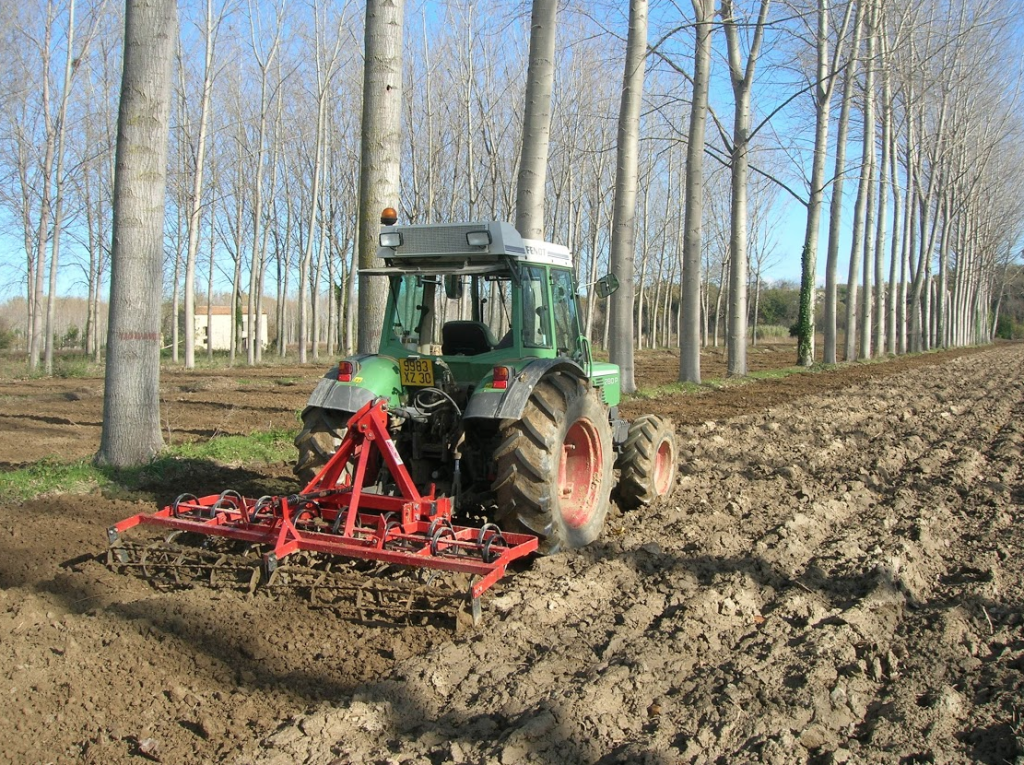
Perennial-Livestock Systems
In these systems livestock are integrated with perennials like trees or pasture. Carbon sequestration is mostly low to medium with managed grazing around 2-4 tons per hectare per year, and silvopasture at 1-10. A few case studies have seen sequestration of 36 and even 40 tons per hectare. Generally the more trees, the more carbon. People already consume livestock products like meat, milk, and eggs, so we don’t need to change our diets – instead we let the animals eat the perennials. Ruminants do produce methane which can reduce the impact of carbon sequestration of these systems, though not reverse it. Again some of these are widely practiced, like holistic grazing (12-20 million hectares worldwide), dehesa silvopasture in Spain and Portugal (5.5 million hectares), and Central American silvopasture (9 million hectares). Practices include managed grazing, silvopasture (trees with pastrure), fodder trees and fodder banks, aquaforestry (aquaculture plus trees), and crop-livestock integration.
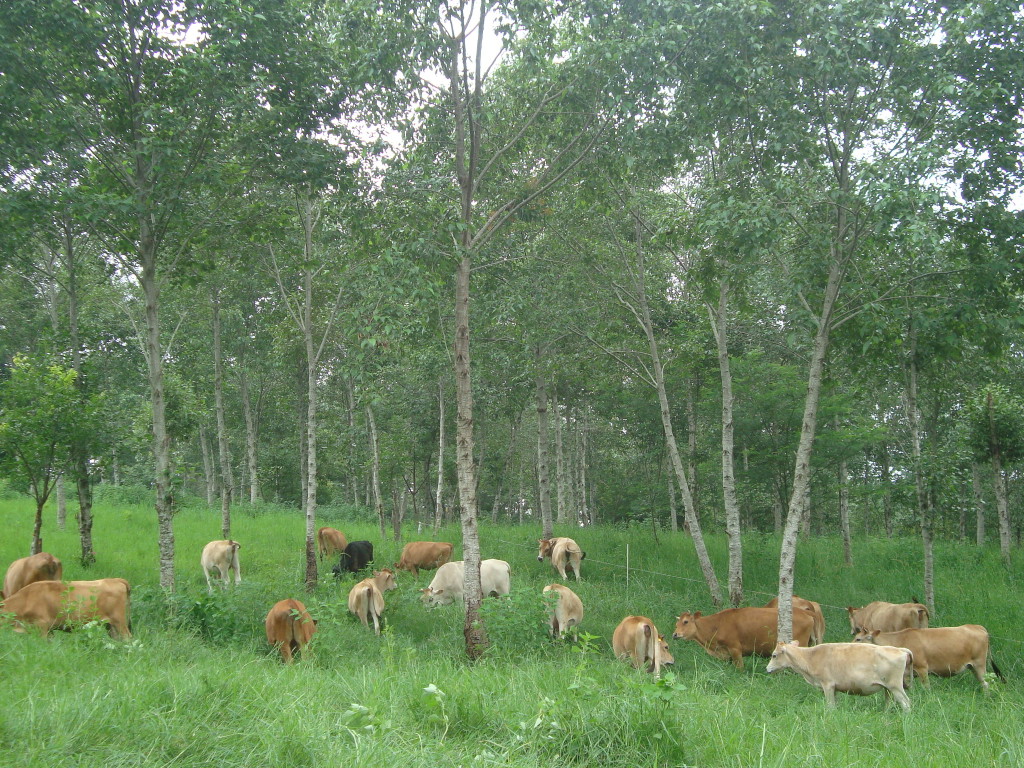
Fully Perennial Systems
These systems sequester the most carbon (medium to very high) but may require the biggest changes to our food system. Coppice and biomass systems can sequester 1-6 tons/hectare/year, with tree crops and bamboo much higher at 2-28 and 6-33 tons/hectare/year respectively. Multistrata agroforestry systems sequester a remarkable 4-40 tons/hectare/year making them the world’s best carbon-sequestering food production model (development of commercial multistrata models for cold climates largely awaits innovative producers and researchers). Perennial crops are grown on 153 million hectares globally, along with bamboo (22 million hectares), cacao agroforestry systems (7 million hectares), and more. These systems include orchards and plantations, bamboo systems, traditional and short rotation coppice and biomass grasses, multistrata systems like tropical homegardens (food forests) and larger scale multi-layered perennial production systems, and newer systems like woody agriculture and perennial grain production. Perennial staple crops have have a major role to play in a carbon-friendly future but may require big changes in the way we farm and eat.
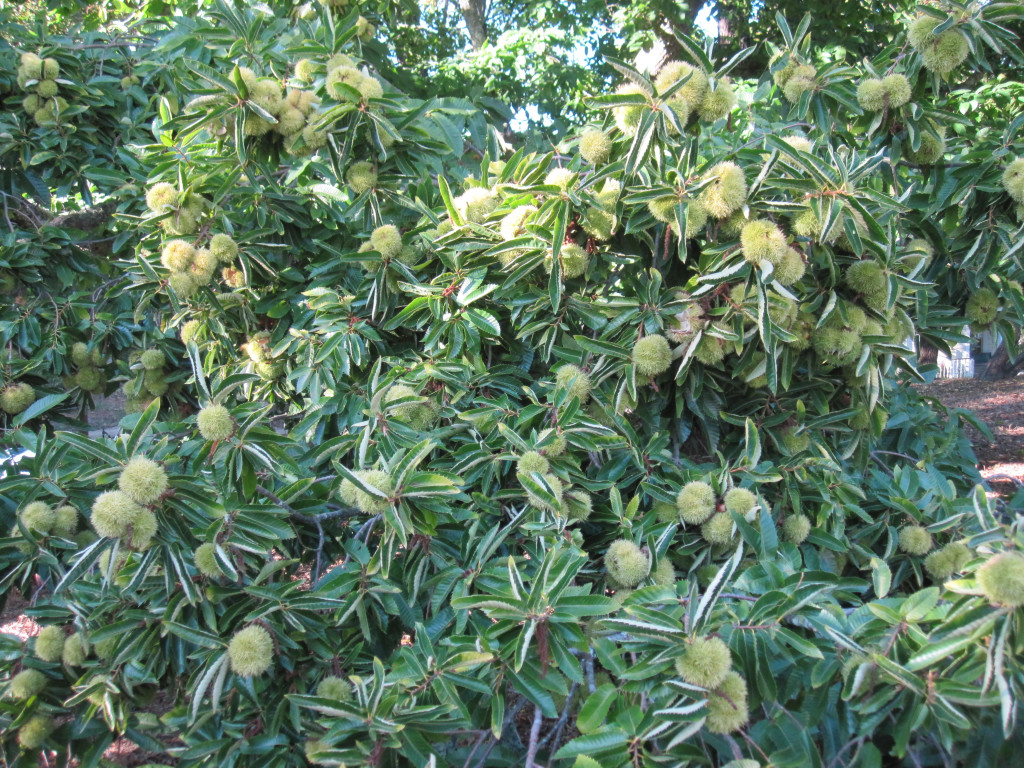
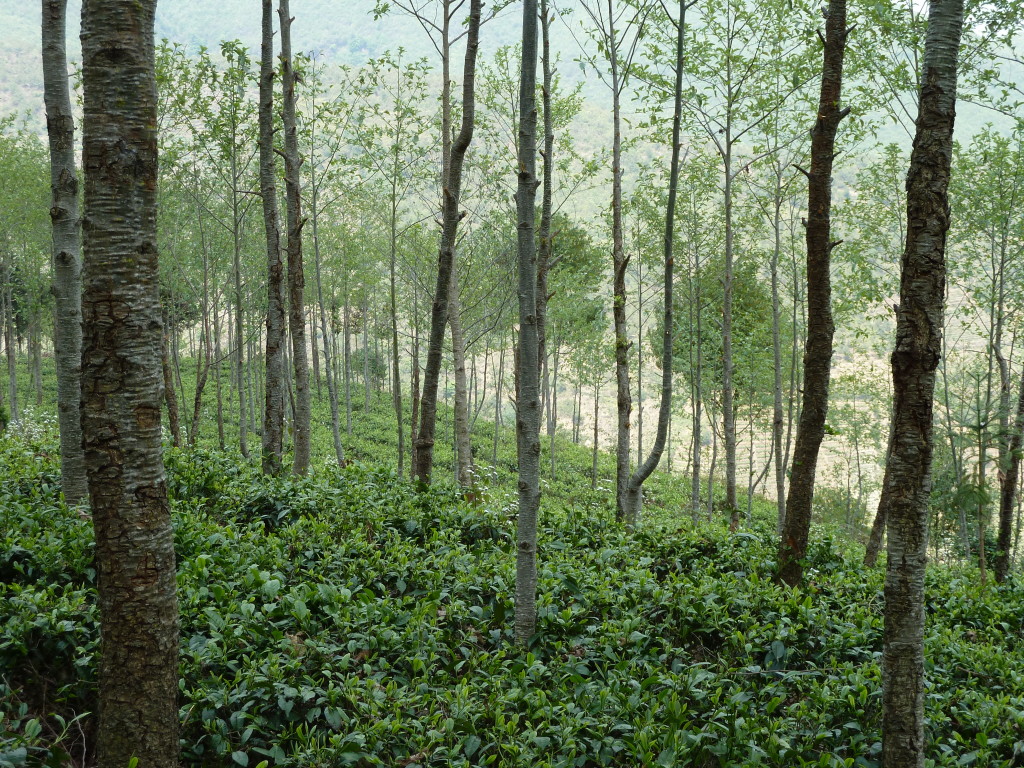
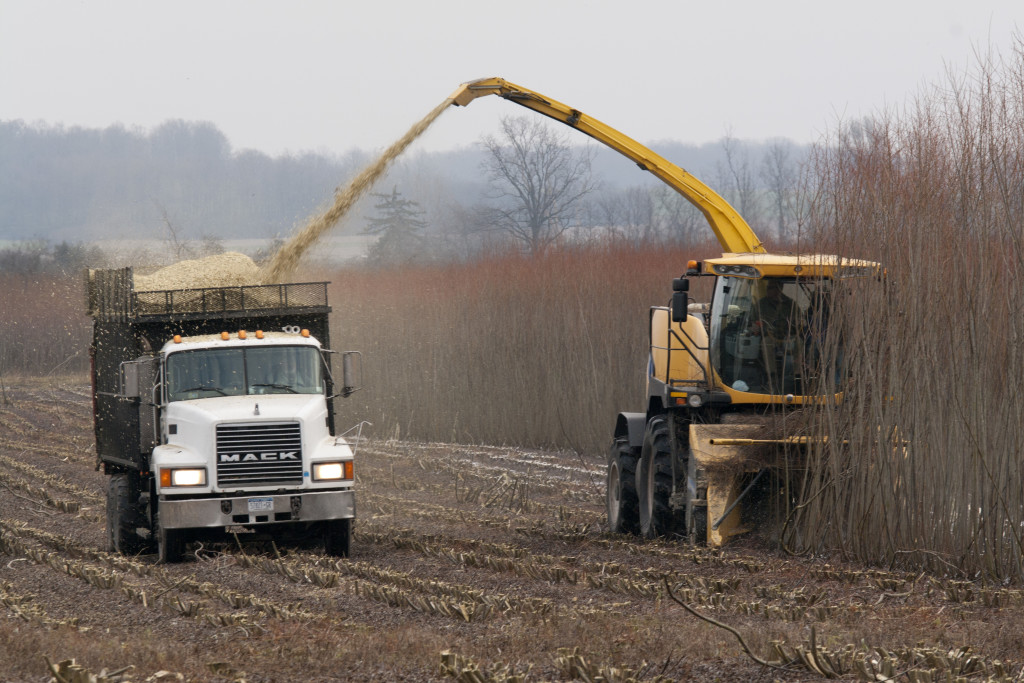
Other Practices
These are mostly non-biological systems that involve design, equipment, or other non-living elements. Carbon sequestration is variable and in some cases (like keyline) unknown. Drip irrigation (which prevents soil salinization and carbon loss in dryland climates) is practiced on 10 million hectares globally, and Amazonian terra preta (biochar plus) includes perhaps a million hectares or more. This set of practices includes rainwater harvesting, keyline, productive restoration, and more.
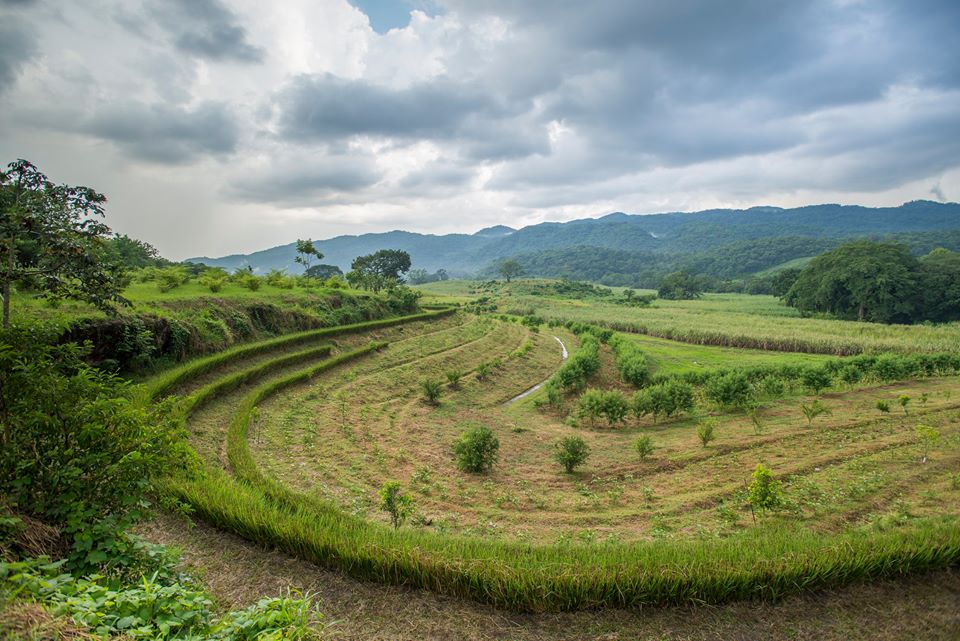
These systems need to be combined with perennial crops, new technologies, new markets, citizen movements and policy changes to fully realize the potential of agriculture to sequester up 10-85% of the 200 gigatons needed to get us back down to the magic number of 350ppm.

